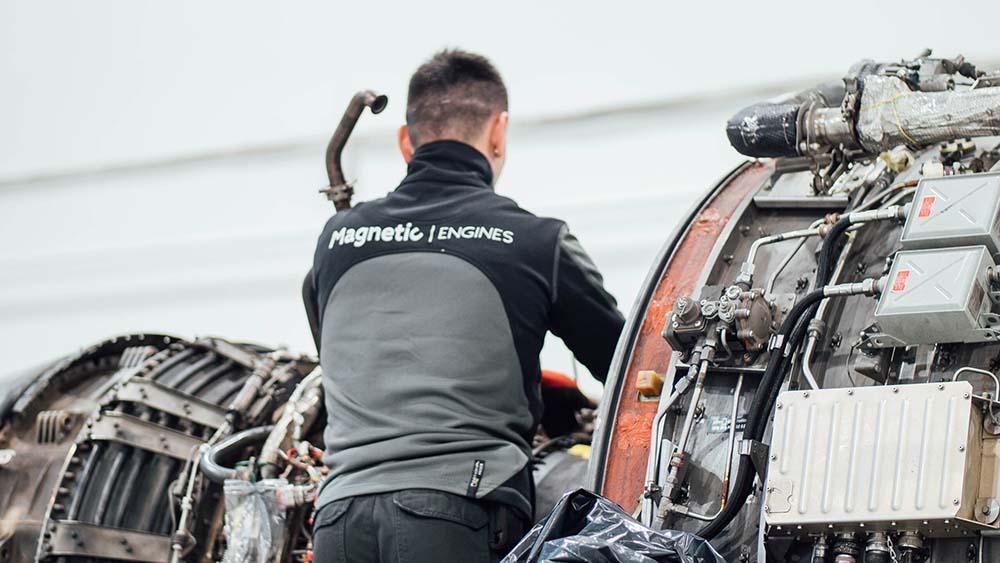
Magnetic Group has reported positive demand trends for the spare and leased engines sectors following the pandemic, chiefly on the CFM56 family and V2500 platforms. “We have not reached the stage where customers are competing for the lease of the engines, like it was back in 2019, but the trend is positive,” observes Alexey Ivanov, executive sales director at Magnetic Engines.
Ivanov says the V2500-A5 is in demand, followed by the CFM56-7B and -5B. Interestingly, the vintage CFM56-3 continues to generate some demand, too. Ivanov says demand on the V2500-A5 family has been partially driven by some airworthiness directives which required engines to be removed from operation to fix certain manufacturing issues. He says the CFM56-7B follows in popularity because Magnetic sees a faster recovery on the Boeing 737NG platform compared to the Airbus A320/A321 with CFM56-5B engines.
“The demand for spare engines will continue growing as we anticipate more heavy repairs on those engine types than we have seen in the last couple of years,” says Ivanov. During the pandemic, Ivanov says airlines and asset owners were primarily focused on quick repairs and postponed heavy maintenance of engines. “We saw that spare part repair shops have extended their [turnaround times] drastically compared to what we had before COVID. Some parts which could have been repaired within 30-40 days prior to the pandemic are now in repair for 100 days or even more,” he says.
In some cases, this conundrum is driving the turnaround times for engine repairs to between 130-150 days, which is considerably longer than what shops were able to deliver before the pandemic. This has also driven higher demand for the spare engines.
“Spare parts repair shops have shrunk their capacity due to lack of orders during COVID lockdowns and now they are struggling to recover capacity and efficiency,” Ivanov adds.
Ideally, operators should manage the spare engine requirements efficiently and consider their options carefully, depending on the different strategies for different engine types and models. The asset ownership policy and business model of the airline will be a key factor in determining the best solutions. “For airlines operating sizeable fleets, it’s probably most efficient to negotiate long-term lease of the spare engines now because demand for these engines will likely grow, as will lease rates,” says Ivanov. “It is wise to negotiate attractive rates for long-term engines lease ahead of the wave of shop visits that will come in the next year or two.”
Another option Ivanov highlights is the use of exchange programs instead of original engine repairs for certain operators.
Airlines are increasingly interested in MROs that can help them guarantee availability of spare engines for both planned and unplanned removals. Ivanov says Magnetic Engines is continuously expanding its engines portfolio to support short- to medium-term lease requirements, but the emphasis tilts toward offering quick turnaround time repair capability. He says this helps airlines to return the engines back to service by doing quick repair of the engine in case of unplanned removals.




